Magic Leap CEO Rony Abovitz doesn't engage in tweetstorms often, but when he does, those tweets are bold, exceedingly confident, and there's usually a strong takeaway regarding what the company is or isn't doing. But on Thursday, Abovitz's latest tweetstorm sent an unusually flustered message: We promise, the magic we're telling you about it better than anything you've seen on video.
"For the creator/dev community: we use video to teach a feature or capability. Any video or 2D medium (photos) is completely inadequate to actually deliver the experience of a digital lightfield on ML1," began Abovitz, in an apparent nod to the video demonstration revealed on Wednesday. That demo, unveiled with far less fanfare than some of Magic Leap's other presentations, gave Twitch viewers a look at one of the company's developer lessons using an experience called "Dodge."
- Don't Miss: Here's Why Magic Leap's Exclusive AT&T Deal Could Be the Key to Its Success, or the Start of a Rocky Rollout
For those well acquainted with various augmented and virtual reality systems, the short video samples were nothing more than an obviously less than optimal peek at the Magic Leap experience. If you've worked with enough immersive systems, you know that you can't really make a call on the true quality of an experience until you've tried it directly on a device.
But for some others, the demo was deemed a disappointment, particularly given the amount of hype Magic Leap has stoked for several years.
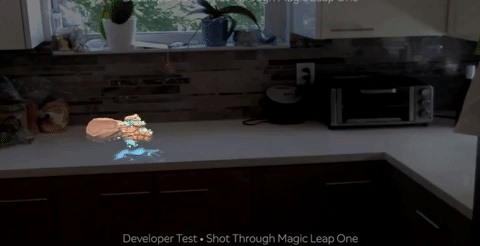
"I've long been suspicious that the reason Magic Leap is so secretive about their actual technology is that it's nowhere close to what they promised in their concept videos. This seems to confirm it," wrote leading Apple analyst John Gruber following the video demo reveal. "I'll go out on a limb and predict that this puff piece from Wired back in December — 'It's Time to Take Magic Leap Seriously' — is not going to age well."
Youch. It's not just that Gruber's take was so uncompromisingly negative, it's also the fact that Abovitz has worked hard to (subtly) craft the image of Magic Leap in the tradition of Apple: full of mystery, trust-us-we're-better confidence, all while keeping the media mostly in the dark about its next moves.
So when one of Apple's best known and most trusted commentators goes so negative on Magic Leap, an Apple fan like Abovitz takes notice. That was clear in the uncharacteristically explanatory tweets streaming from the Magic Leap founder's account early Thursday morning.
"We spend our time and R and D tuning our Digital Lightfield Signal to the eye-brain system, not electronic camera sensors. During ML1 development we have given over 10,000 actual live demos. And we will be creating as many opportunities as possible post launch for hands-on experience as well," wrote Abovitz on Twitter. "Video capture can not differentiate between phone AR, VR, MR — the relevant differentiating information is lost. That said, a direct Digital Lightfield signal that allows your eye-brain system to do its thing, that is where all the magic happens."
And that's when it becomes clear that Magic Leap is trying to explain to itself to skeptics by, once again, saying that you literally "have to see it to believe it."
"Reality has an amazing sense of presence and space — that is the result of incredibly complex interactions with the world's analog lightfield signal and your brain," wrote Abovitz. "Our work at Magic Leap has been to approximate that experience with a digital signal designed to fit into, and mimic, that interaction we all have daily."

And while I, like many observers who haven't directly tried the device, am weary of all the mystery and promises emanating from Magic Leap, I'm also well acquainted with just how difficult it is transmit the impact of some of these new immersive experiences.
Over the last few years, I've been writing extensively about virtual reality, and no matter how well I describe a particular experience, nothing compares to watching the wonder and excitement on a person's face after they've actually slipped on a VR headset and lived in a virtual world for a few minutes. So I get where Abovitz is coming from. He's making a great point. With immersive experiences, what you see on video isn't necessarily indicative of the full experience you'll have when you actually strap on a VR or AR device.
"An actual ML1 experience fundamentally needs you, does not function well without you, and was designed to unveil its technical magic with you and to you. Anyone who has already had an ML experience on a shipping grade unit already knows this. And hopefully anyone curious or interested will have the opportunity soon to try for themselves," wrote Abovitz.
"You could never experience TV on the radio (but you could try and explain the theory of TV to those interested). Most people just got it once they first saw TV. Same with Magic Leap. We at Magic Leap believe it important to still communicate lessons (basic and advanced) and features and cool new tools to creators through video — that can be useful now and even more so post ship."
Abovitz's "TV on the radio" analogy is apt.
Nevertheless, after so much hype, expectations are incredibly high. So even video demos are expected to astound. This is the burden of so convincingly selling Magic Leap as something new — people are expecting big things.
The biggest difference between the mystery of Apple and the mystery of Magic Leap is this: Apple has already blown our socks off in the past. So with Apple, we're a bit more tolerant when it comes to some of the secrecy and dramatic flourishes coming from the decades-old PC and smartphone maker. But this is Magic Leap's first product. And you only get one chance to make a first impression. So now it's time to stick the landing.
If Abovitz was wondering what the expiration date was on the public's patience with Magic Leap's mystery show, he now has an answer: July 11, 2018. It's time to show the goods — directly, in people's hands, not on video. Thankfully, for both Magic Leap and eager observers, it looks like that time has come, since yesterday's "later this summer" release comment indicates that the Magic Leap One will go on sale in a matter of a few weeks.

In marketing, timing is everything. And now, it looks like Magic Leap is launching just in time to ride out the last waning embers of its long-fostered hype. What Abovitz's tweetstorm tells us is that he's anxious to get this first date out of the way, too.
But now is not the time to bend to the will of the impatient critics. Don't over-explain the magic trick just yet, Magic Leap. Release it, let the public get a real taste, and then let the explanations flow. At that point, speculation won't matter. The Magic Leap One, and all the billions behind it, will have either been worth the wait, or not, and no amount of explanation will be able to convince the public otherwise.
Just updated your iPhone? You'll find new emoji, enhanced security, podcast transcripts, Apple Cash virtual numbers, and other useful features. There are even new additions hidden within Safari. Find out what's new and changed on your iPhone with the iOS 17.4 update.



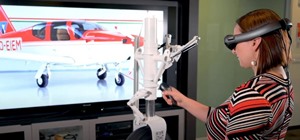
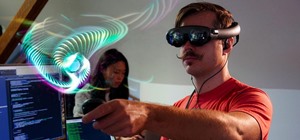






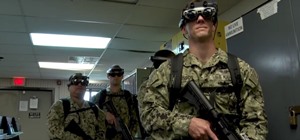



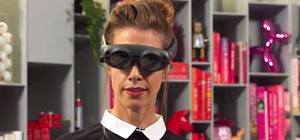
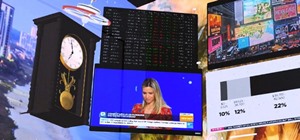

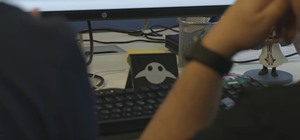
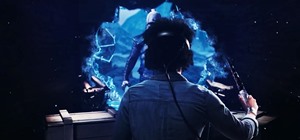
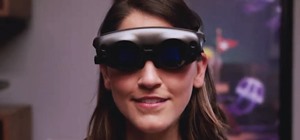

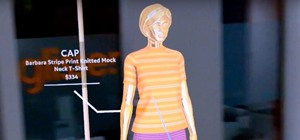
3 Comments
Sigh, I guess our days of daydreaming about the potential of Magic Leap are over...
Real time hand occlusion isn't there, so it's fair to critique that... but once one's palms are opened, rendering a high quality model of an Elephant like that is certainly possible given the GPU it's packing. Keep in mind, this was a demo of a quick code sample designed to teach developers how to work with Magic Kit on their platform. It's not a demo of the kinds of high quality graphics and experiences they're working on for the device. They probably should have done a better job explaining this so that the many non-developers in their audience wouldn't be left underwhelmed and confused.
So here's the thing: I have spoken to several former and current Magic Leap employees (more than 1 less than 5). Every single one had tried a demo and all of them said it was amazing. So far, so good, right???
Well, no.
As someone with 20+ years in VR and 10+ in AR, my immediate question was, "How does it compare to Hololens?". Without exception, not one of them had tried any other AR system than Magic Leap.
Let that sink in for a moment.
These were mostly technical people involved in various technical aspects of the system. Not only had they not tried competing technology, but there was (to the best of their knowledge and within whatever they could say under their NDAs) no side-by-side testing of ML devices with any other AR device.
If the device is as revolutionary as ML claim, surely every demo would involve some direct comparison? If you are really so much better, more compelling, more interactive, more unicorns and rainbows, why not show it? Even if the demo is staged to specifically highlight shortcomings (like HTC demoing roomscale VR apps before the Rift did room scale), if you are in some way better, you show it...
My guess is that their first product will, at best, be comparable to the Hololens, but probably without Microsoft's robust developer support. It will probably be cheaper, but we're 3 years on so it should be. I would love to be proven wrong, but I'd be willing to bet that ML will fall far short of the hype that they themselves created.
p.s. to just now be changing their message to say, "but wait, you have to try it yourself" shows such a lack of understanding of the entire history of AR and VR product sales, it's astonishing.
Share Your Thoughts